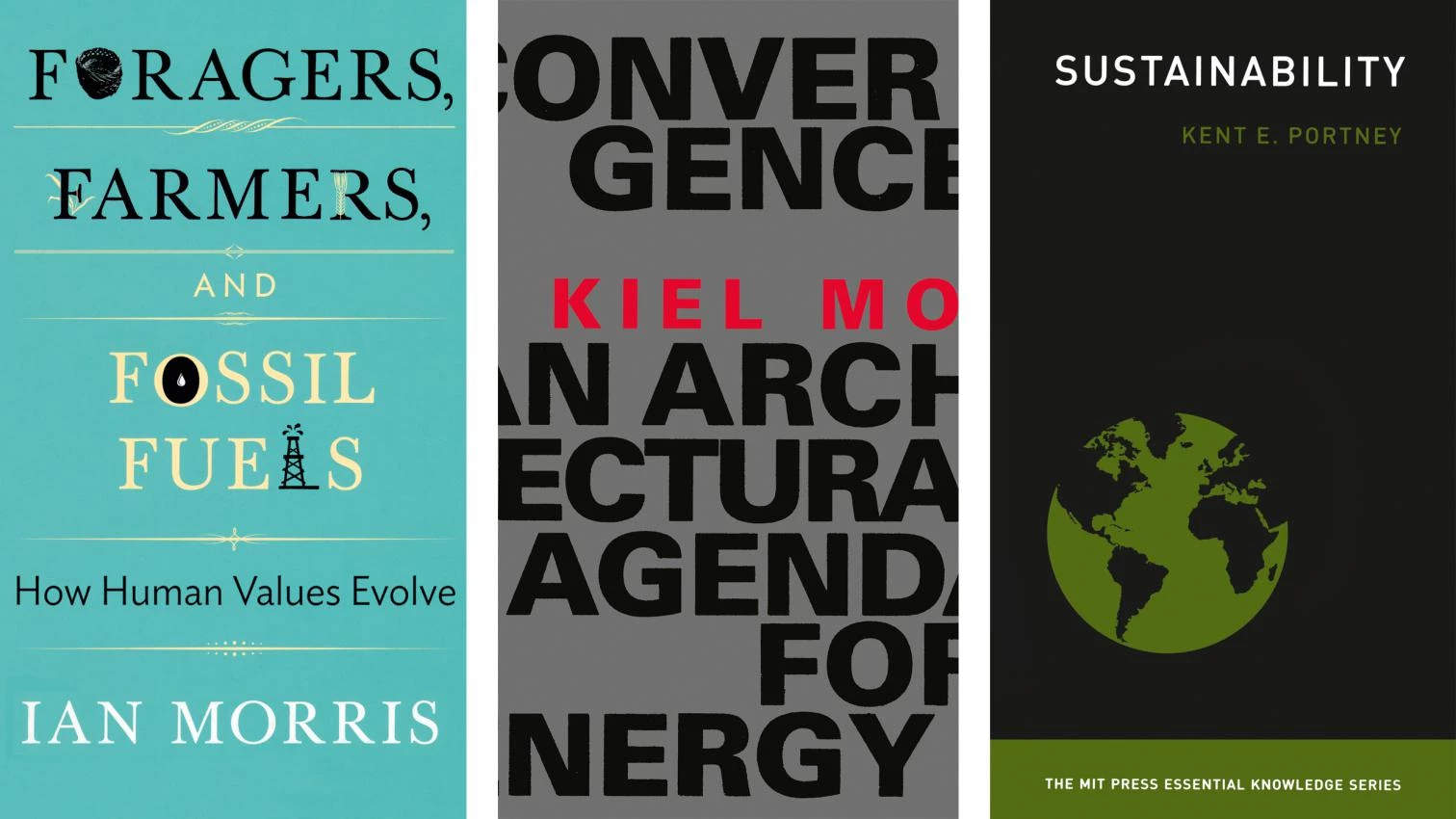
Climate change and fossil fuels are two key factors of the contemporary crisis, so ‘sustainability’ and ‘energy’ have become essential terms in the current debate. Three recent books help to define these concepts and emphasize their relevance. Ian Morris, professor of archaeology and classics at Stanford, explains the evolution of humanity and its values from the angle of the energy sources available at each period of history; Kiel Moe, professor of architectural technology at Harvard, interprets construction in thermodynamic and ecological terms, stressing the role of design; and Kent E. Portney, professor of science, technology, and public policy at Texas A&M, analyzes the concept of sustainability from different angles, with emphasis on the urban.
The work by Morris explores the ‘deep history’ of the great cycles and metamorphoses, in dialogue with authors like Diamond or Acemoglu and Robinson. With characteristic ambition, Morris presents a macrohistory of human development that shows how ‘material brute forces’ determine culture, beliefs, and moral codes, establishing three periods defined by how energy was obtained: the stage of hunter-gatherers, that of agriculture, and that of fossil fuels. The availability of energy at each period determines demography, which has a bearing on social organization and the values that are more efficient for survival. From prehistory to the present, Morris’s erudite and enjoyable book takes a materialistic stance to explain the role played by energy in the organization of our societies, lives, and values.
The abundance of energy in our time is reflected in architecture, but this does not worry Moe, who challenges conventional wisdom to advocate maximizing energy flows to insert buildings in environments governed by the second law of thermodynamics. Looking beyond usual energy efficiency criteria, Moe uses a solid scientific base to uphold a paradoxical proposal, but which ultimately rests on the evidence that works of architecture “are anything but sustainable.”
The concept of sustainability is so ambiguous as to make Portney’s short book particularly welcome. It describes the evolution of the idea with elegance, showing its impact on many fields, exploring its political dimension, and devoting a chapter to sustainable cities, because only by paying attention to the urban environment can we work towards the sustainability of the planet, which requires reconciling the needs of the present with those of future generations: a generous endeavor explored by three works from complementary perspectives.








